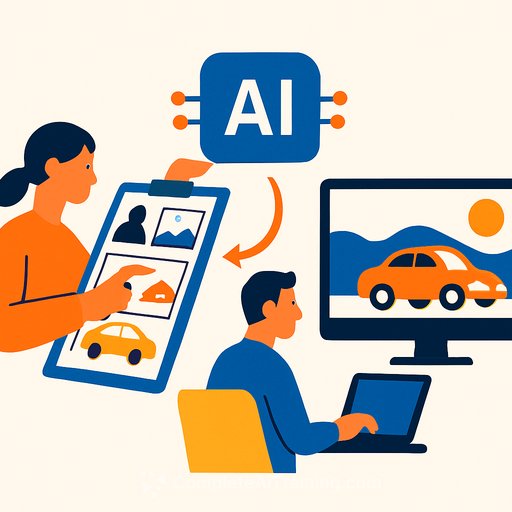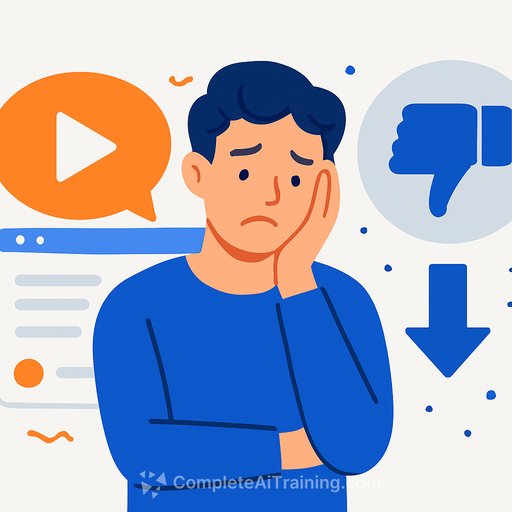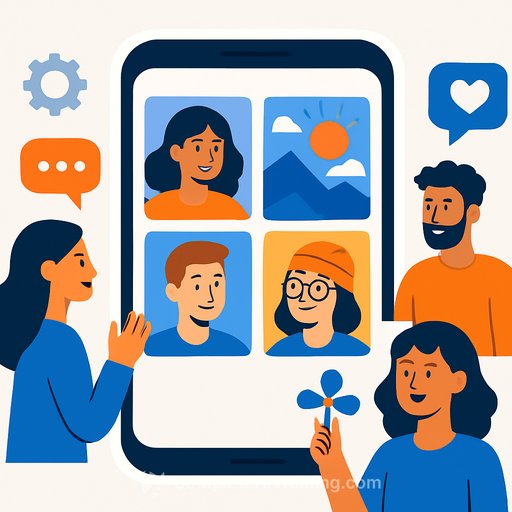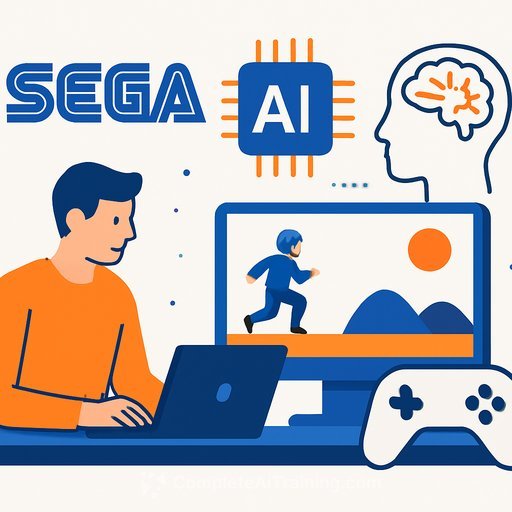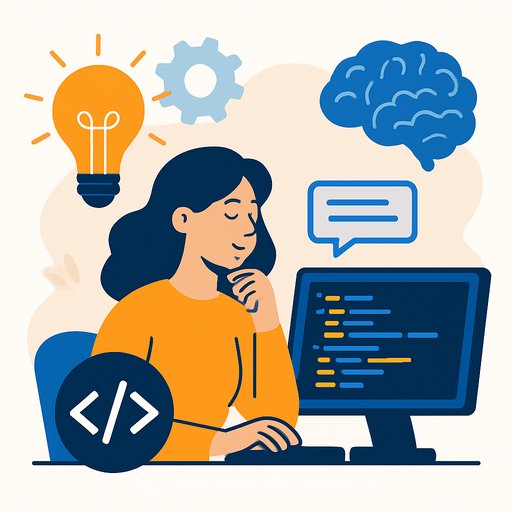When AI Becomes Your Creative Partner: How Generative Video Is Rewriting Ad Prototyping
Ideas are still the currency. What's changed is the path from spark to screen. With text-to-video and image-to-video tools, a draft commercial can move from thought to watchable in minutes-before a single rupee or dollar goes to a shoot.
This shift strips away friction. Less time, less cost, more clarity. Clients see and react to a concrete vision, not a deck full of assumptions.
What AI Prototypes Change in the Pitch
- From storyboards/animatics to watchable clips that sell the idea fast.
- Multiple directions in a day, not a week-tone, cast, setting, and pace tested side by side.
- Sharper decisions early, fewer surprises later.
The Tool Stack Most Teams Are Testing
Runway, Veo 3, Pika Labs, Synthesia, and OpenAI Sora. Each handles different strengths: realism, motion, talking heads, or design exploration. The best stack is the one your team can iterate with daily without hand-holding.
New Roles on Creative Floors
- Prompt designers translate concept into precise visual instructions.
- Creative technologists stitch tools together and build repeatable workflows.
- ML consultants advise on model selection, brand tuning, and guardrails.
A Practical Sprint: From Brief to Prototype in 24 Hours
- Hour 0-2: Clarify the single-minded idea, audience, tone, and mandatory brand assets.
- Hour 2-6: Draft 3-5 prompts across different tones (human, surreal, comedic, minimalist). Generate 10-20 clips.
- Hour 6-12: Select top 3. Refine with tighter prompts: camera, lighting, pacing, wardrobe, locale.
- Hour 12-18: Temp VO, temp music, and supers. Add basic sound design to sell the mood.
- Hour 18-24: Present a 30-60 second concept cut with 2 alternates. Capture feedback and next steps.
Prompt Formula That Works
- Format: Setting + Action + Emotion + Camera + Light + Color + Pace + Style
- Example: "Night market in Bangalore; friends share a monsoon-themed drink under neon signs; joy and anticipation; handheld medium shots with occasional slow push-ins; soft rain-lit highlights; rich teals and warm skin tones; brisk pacing; naturalistic realism."
Cost, Speed, and Creative Freedom
Prototypes now cost a software license and a few focused hours. That lets you test bolder routes without budget anxiety. Small teams can pitch at big-agency fidelity. The limiting factor returns to the idea.
How Agencies Are Reworking Process
- Writers think in shots and beats. Art directors push motion, light, and palette.
- Boundaries blur: copy, design, and data live in the same sprint.
- "AI prototype" becomes a new stage between storyboard and shoot.
What Stays Human (And Always Will)
- Audience insight, cultural nuance, humor, and empathy.
- Brand meaning and narrative architecture.
- The decisive taste to say "this is the one."
Ethics, Rights, and Reality Checks
- Clear rights on likeness, voices, and brand assets. Get approvals in writing.
- Track sources, models, and prompts for every prototype. Keep a usage log.
- Respect cultural context-especially in Indian markets where language and micro-cues carry weight.
- For reference, see the U.S. Copyright Office: AI and copyright.
From Prototype to Production
- Translate the approved AI cut into a shot list: lenses, moves, timings.
- Extract lighting references and art direction palettes straight from the prototype.
- Share a previsual "digital master plan" with the director, DP, and art team to align faster.
Filmmakers' Take
Some warn that perfect pixels miss human imperfections-micro-gestures, natural light, unplanned moments. Fair point. Most agree AI prototypes make pre-production tighter, not redundant. Use them to refine intent, then go hunt the real magic on set.
Clients Are Briefing Differently
More clients now arrive with AI-generated references: "Something like this, with our product." Fewer misreads, faster alignment, stronger approvals. Visual grammar becomes shared ground.
AI Labs and Brand-Tuned Models
Agencies are spinning up internal labs to test tools, fine-tune models on brand libraries, and protect visual identity. Consistency improves when the model "knows" the brand's look and rules.
Freelancers and Boutique Shops
This levels the field. A one-person studio can pitch a full concept film. If your idea is sharp and the prototype is tight, you're in the room.
Creative Tone Is Shifting
With cheaper testing, teams take bigger swings-surreal, bold, and cinematic. A coffee brand can explore futuristic skylines. A soap ad can express emotion through color and light rather than cast-heavy scenes.
Quick Wins To Put Into Practice This Week
- Codify a prompt library by format: 6s cutdown, 15s, 30s, OLV, vertical.
- Build a lookbook of camera and lighting prompts your team reuses.
- Create a two-track pitch: safe route + bold route, each with a 20-40s prototype.
- Lock a legal checklist before any client-facing share: rights, disclosures, model notes.
- Run weekly "prompt drills" to sharpen speed and specificity across the team.
Metrics That Matter
- Cycle time: brief to first watchable cut.
- Decision clarity: fewer rounds to alignment.
- Concept diversity: distinct directions explored per brief.
- Production accuracy: variance between prototype and final.
Skill-Building for Your Team
- Train for prompt clarity, visual grammar, shot language, and cultural nuance.
- Standardize naming, versioning, and asset hygiene across tools.
- If you need a structured path, explore prompt-engineering resources at Complete AI Training.
What's Next
Expect tighter links between AI video tools and production pipelines. Camera moves, blocking, and lighting references will pass cleanly from prototype to set. Shoots will run faster with fewer missteps-because the team already "saw" the film together.
The Bottom Line
AI is a collaborator, not a crutch. It clears the runway for ideas, then gets out of the way. The agencies that win will pair machine precision with human taste-AI to iterate, humans to decide.
Great ideas still carry the day. Now they just reach the screen sooner.
Your membership also unlocks:

